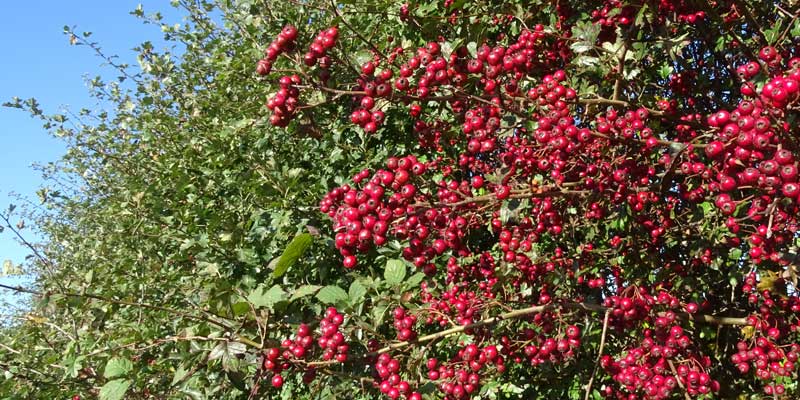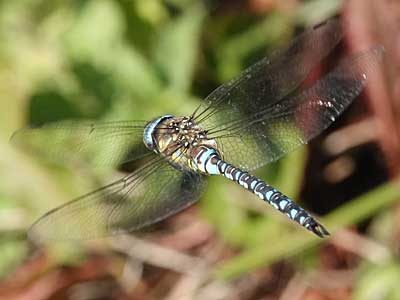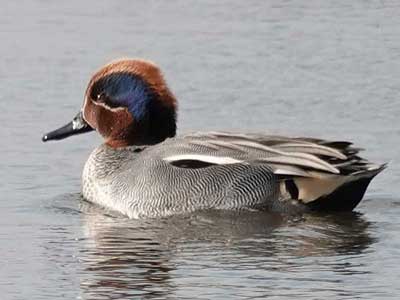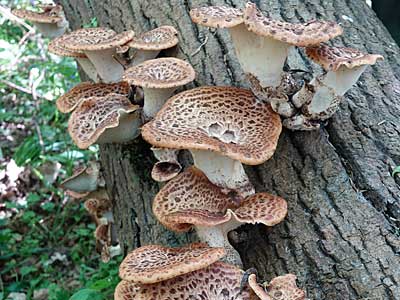Nature's Calendar

October

Most of our butterflies will have gone by October although if the weather is mild there will still be some around especially the Comma, Peacock and Red Admiral. These species all hibernate here as adults during winter. All species will have laid eggs and the resulting caterpillars will hope to survive the winter so that they can form chrysalises in the spring and emerge as the next generation of adults.

Common Darters and Migrant Hawkers are the only dragonflies likely to be still around. The adult dragonflies and damselflies will have laid their eggs and the larvae will be starting their relatively long stay in the mud at the bottom of streams and ponds. It can be several years before they emerge as adults.

Most of the wintering ducks, such as Wigeon, Gadwall, Teal and Shoveler, along with flocks of Grey Lag Geese and Canada Geese, will have arrived and may include some less common species such as Pintails.
Fieldfare and Redwing will be arriving and are sometimes seen in the valley.

Some of our resident species will be gathering food to store away for the winter. Both Squirrels and Jays bury thousands of acorns to tide them through the colder months. Others, such as mice, will be feeding up to enable them to survive hibernating through the winter months.

October is one of the best months to look for fungi. The familiar mushrooms and toadstools are the fruiting bodies of fungi that spread underground or within decaying trees and other plants. Spores are distributed from the gills of toadstools or from within some fingi like puffballs. Although some fungi are edible most are easily confused with other poisonous species so collecting them for food is not advised.

